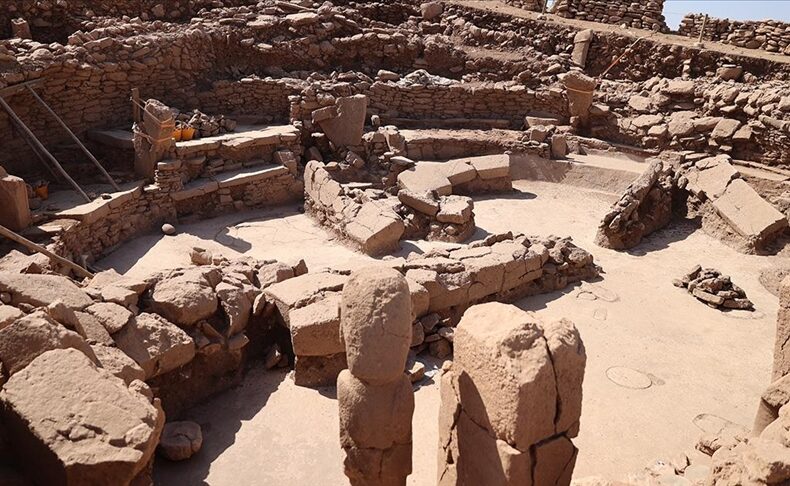
An amphitheater-like Neolithic structure has been uncovered at Karahantepe in southeastern Türkiye
Archaeologists in southeastern Türkiye have brought to light a striking Neolithic structure at Karahantepe—a circular, amphitheater-like building carved into bedrock and lined with tiered stone benches, human sculptures, and sculpted heads emerging from its walls. The find opens an unexpected window onto how some of the world’s earliest settled communities gathered, communicated, and expressed shared
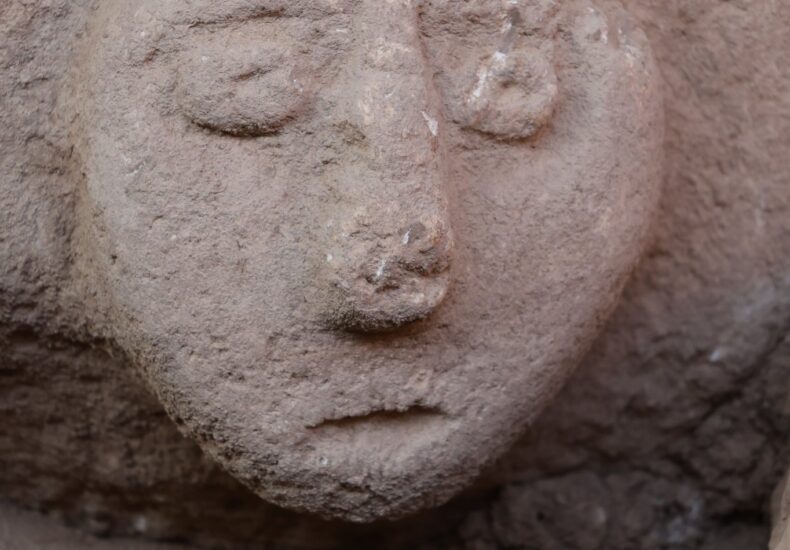
A New Wave of Neolithic Surprises at Taş Tepeler: Mysterious ‘Death Mask’ Sculpture Unveiled in Southeastern Türkiye
Human-like faces carved into stone, a rare double-sided bead, and an unsettling sculpture evoking the stillness of death—Türkiye’s vast Taş Tepeler region has revealed some of its most enigmatic Neolithic discoveries to date. The announcements came this week in Şanlıurfa, where the Ministry of Culture and Tourism shared 30 previously unknown finds that reshape current
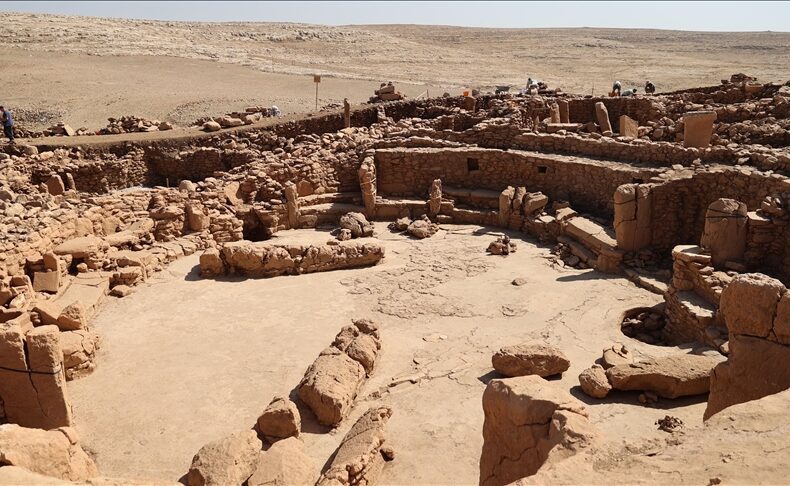
Karahantepe Offers Clues That Göbeklitepe Was More Than a Ritual Site
New excavations at Karahantepe, one of the key sites of the Taş Tepeler Project in southeastern Türkiye, are reshaping how archaeologists interpret the world’s earliest monumental centers.According to excavation director Prof. Dr. Necmi Karul, the newly uncovered structures suggest that these places were not only used for rituals but also formed part of organized Neolithic
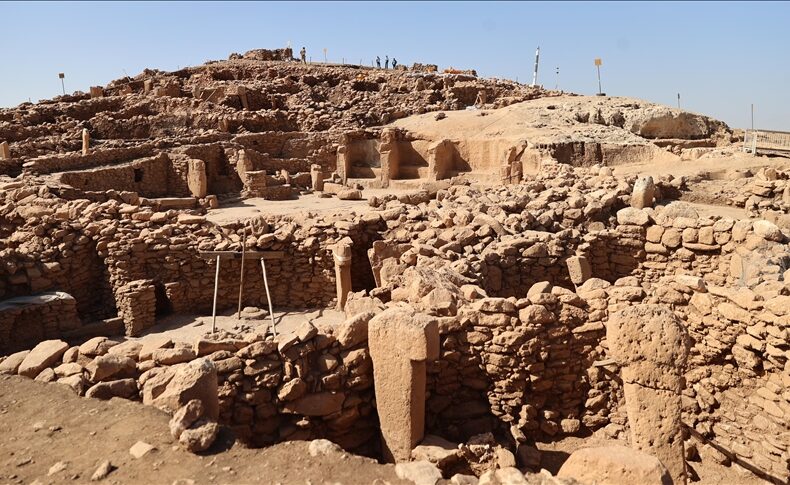
Daily Life Unearthed at Karahantepe: Over 30 Neolithic Dwellings Discovered in Southeastern Türkiye
Archaeologists excavating the Neolithic site of Karahantepe in Şanlıurfa — one of the key locations within the Taş Tepeler (Stone Hills) Project — have uncovered more than 30 small dwellings dating back 11,000 years. The discovery reveals that this ancient settlement was not only a place of monumental architecture and ritual but also home to
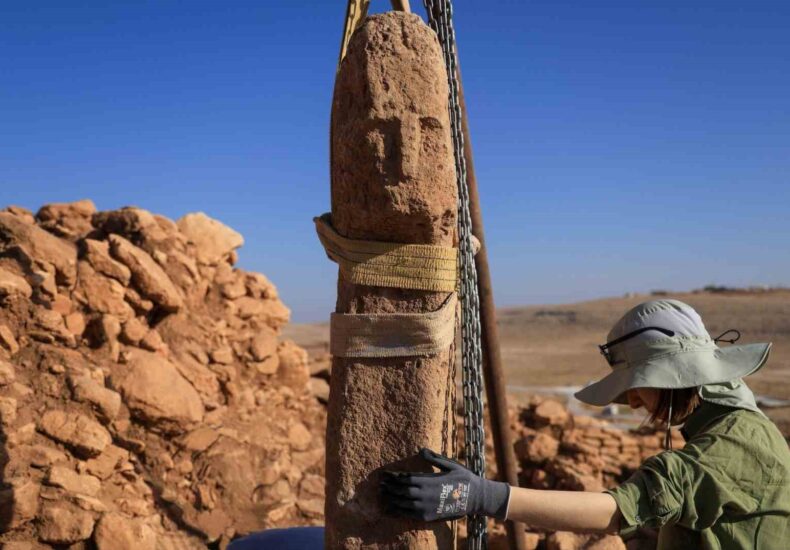
A Historic First at Karahantepe: Human-Faced T-Shaped Pillar Unearthed in Türkiye
Archaeologists have uncovered a T-shaped pillar carved with a human face at the Neolithic site of Karahantepe in southeastern Türkiye — a discovery described as a first in human history. The finding was announced by Minister of Culture and Tourism Mehmet Nuri Ersoy on his official X (Twitter) account, where he wrote: “Karahantepe — A
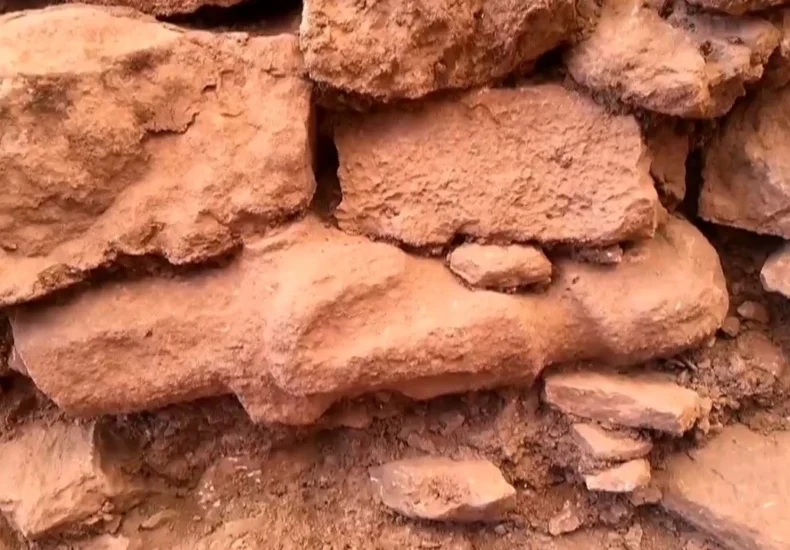
12,000-Year-Old Human Statue Unearthed at Göbekli Tepe
Turkish Minister of Culture and Tourism Mehmet Nuri Ersoy has announced the discovery of a human statue embedded in a wall at Göbekli Tepe, the world’s oldest known temple complex in southeastern Türkiye. The artifact, believed to have been placed as a votive offering, is expected to provide groundbreaking insights into Neolithic rituals and belief

Archaeologists Uncover Early Neolithic Structures at Mendik Tepe, Potentially Older Than Göbekli Tepe
Excavations at Mendik Tepe, a prehistoric site in southeastern Türkiye, are advancing rapidly and may reveal evidence older than Göbekli Tepe, the UNESCO World Heritage site widely regarded as the “zero point of history.” Professor Douglas Baird of the University of Liverpool’s Department of Archaeology, who leads the excavation, reported that structures of different sizes

From the Neolithic Age to the Present: The Discovery of the “Vessel Within a Vessel” at Karahantepe is Revolutionizing Historical Narratives
An extraordinary collection of 485 pieces from the Karahantepe region of Şanlıurfa was featured at the International Archaeology Symposium and “The Golden Age of Archaeology” exhibition held at the Presidential National Library in Ankara, the capital of Türkiye. Among these, a unique stone vessel containing a smaller vessel stands out as the oldest and most

Karahantepe to Welcome Visitors in 2025
Rising in the mystical atmosphere of Şanlıurfa, in the shadow of Göbekli Tepe, Karahantepe draws attention as an important archaeological site that unlocks the secrets of the Neolithic Age. The impressive artifacts unearthed since the excavations began in 2019 transform Karahantepe from just an archaeological site into a time journey that sheds light on human

A protective roof is being built at Karahantepe, which sheds light on the Neolithic Period
Karahantepe, one of Şanlıurfa’s important Neolithic settlements, continues to make a name for itself with ongoing excavations. The Ministry of Culture and Tourism has taken action to protect the unique artifacts unearthed in this unparalleled archaeological site, contemporary with Göbekli Tepe, under the “Heritage for the Future Project.” Prof. Dr. Necmi Karul shared important information
